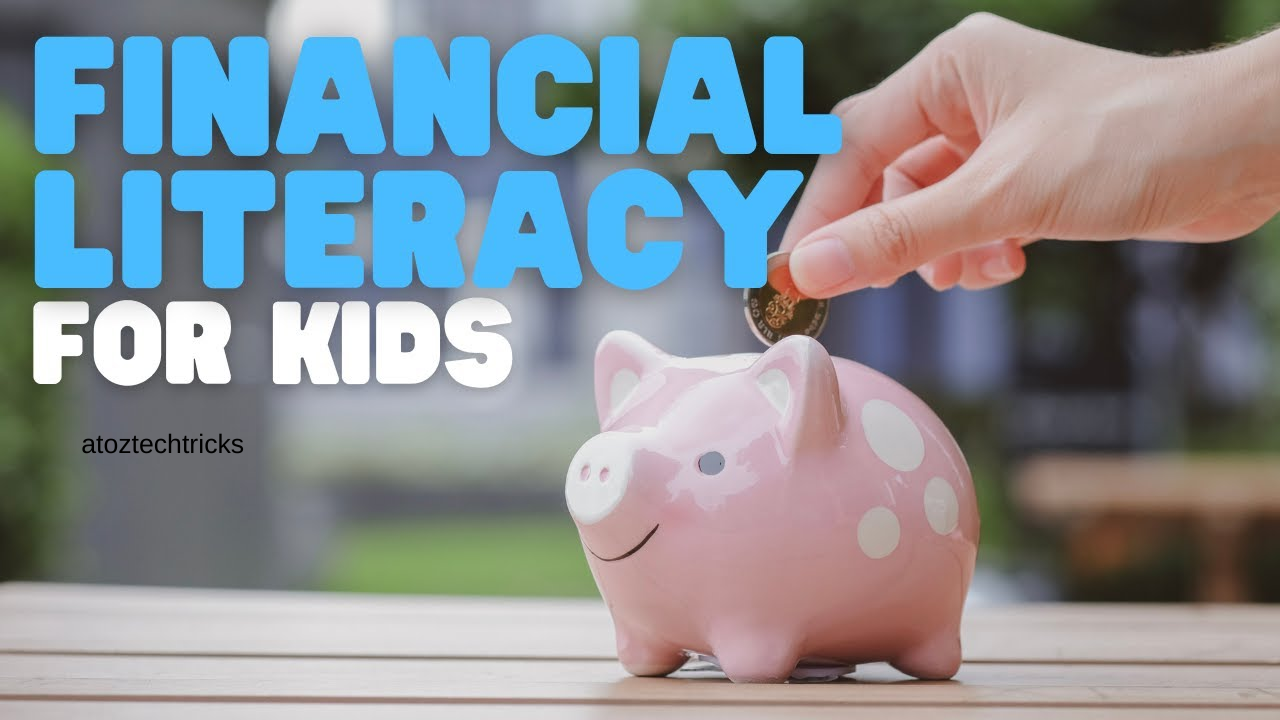Saving Strategies for Different Ages: A Comprehensive Guide
Saving money is a vital component of financial well-being, regardless of your age. However, the strategies and priorities for saving can vary greatly depending on your stage of life. This guide will explore saving strategies for different ages, from your early 20s to retirement, ensuring that you are prepared for both expected and unexpected financial challenges.
1. Saving in Your 20s: Building a Strong Foundation
Your 20s are often characterized by major life changes, such as graduating from college, starting your first job, and becoming financially independent. While it may be tempting to focus on enjoying newfound freedom, it’s also the ideal time to establish solid financial habits.
1.1. Prioritize an Emergency Fund
An emergency fund should be your first savings goal. Aim to save three to six months’ worth of living expenses in a high-yield savings account. This fund will protect you from unexpected expenses like car repairs, medical bills, or job loss.
1.2. Start Retirement Savings Early
Even though retirement might seem far off, starting to save early can make a significant difference due to the power of compound interest. If your employer offers a 401(k) plan, contribute enough to take full advantage of any matching contributions. If not, consider opening a Roth IRA.
1.3. Budget and Manage Debt
Create a budget to track your income and expenses. This will help you live within your means and avoid accumulating debt. If you have student loans or credit card debt, prioritize paying them off to free up more money for saving.
1.4. Invest in Your Career
Investing in your education and career during your 20s can pay off in the long run. Whether it’s taking additional courses, attending workshops, or networking, these investments can lead to higher earnings and better job opportunities, giving you more capacity to save in the future.
2. Saving in Your 30s: Balancing Multiple Priorities
Your 30s often bring increased responsibilities, such as buying a home, raising children, or advancing in your career. Balancing these demands while saving for the future can be challenging, but it’s crucial to remain disciplined.
2.1. Continue Building Your Emergency Fund
As your income and expenses increase, so should your emergency fund. Reassess your savings to ensure they still cover three to six months of living expenses, considering any new responsibilities.
2.2. Increase Retirement Contributions
If you haven’t already, aim to contribute at least 15% of your income to retirement savings. If you’re behind, don’t panic—there’s still time to catch up. Consider increasing your contributions incrementally each year.
2.3. Save for Your Children’s Education
If you have children, start saving for their education. Consider opening a 529 college savings plan, which offers tax advantages and allows your money to grow over time. Even small contributions can add up by the time your child is ready for college.
2.4. Save for a Down Payment on a Home
If homeownership is one of your goals, start saving for a down payment. Aim for at least 20% of the home’s value to avoid private mortgage insurance (PMI) and reduce your monthly payments. Consider a separate savings account dedicated to this goal.
2.5. Protect Your Income and Family
Consider life and disability insurance to protect your family and your income. These policies can provide financial security in case of an unexpected event that impacts your ability to work or support your loved ones.

3. Saving in Your 40s: Maximizing Savings and Planning Ahead
In your 40s, you’re likely at the peak of your earning potential, but you may also face new financial challenges, such as caring for ageing parents or preparing for your children’s college expenses. It’s essential to maximize your savings during this period.
3.1. Max Out Retirement Contributions
By your 40s, you should aim to max out your retirement contributions. For 401(k) plans, this means contributing up to the annual limit, which is $22,500 for 2024, with an additional $7,500 in catch-up contributions if you’re 50 or older. Consider also contributing to a Roth IRA if you qualify.
3.2. Diversify Your Investments
Ensure your investment portfolio is diversified to reduce risk and optimize growth. Consider a mix of stocks, bonds, and other assets that align with your risk tolerance and retirement timeline. Rebalance your portfolio periodically to maintain your desired asset allocation.
3.3. Pay Off High-Interest Debt
If you’re carrying any high-interest debt, such as credit card balances, prioritize paying it off. High-interest debt can erode your savings, so eliminating it will free up more money for other financial goals.
3.4. Save for Your Children’s College Education
If you haven’t already, ramp up savings for your children’s college education. If you started a 529 plan in your 30s, continue contributing. Explore scholarships, grants, and financial aid options to supplement your savings.
3.5. Plan for Long-Term Care
Start considering long-term care insurance to protect your savings in case you need extended medical care later in life. Long-term care can be expensive, and insurance can help cover these costs without depleting your retirement savings.
Maximize Your College Savings: The Benefits of Using 529 Plans
4. Saving in Your 50s: Catching Up and Preparing for Retirement
Your 50s are a critical time for retirement planning. With retirement on the horizon, it’s important to ensure that your savings are on track and to make any necessary adjustments.
4.1. Take Advantage of Catch-Up Contributions
If you’re behind on retirement savings, take advantage of catch-up contributions. In 2024, you can contribute an additional $7,500 to your 401(k) and $1,000 to your IRA. These extra contributions can help boost your retirement nest egg.
4.2. Assess Your Retirement Readiness
Review your retirement savings to determine if you’re on track to meet your retirement goals. Consider working with a financial advisor to assess your current savings, projected expenses, and potential income sources in retirement.
4.3. Pay Down Your Mortgage
If you own a home, consider accelerating your mortgage payments to pay off your home before retirement. Eliminating this expense can reduce your financial burden in retirement and allow you to allocate more money toward other goals.
4.4. Reevaluate Your Investment Strategy
As you approach retirement, shift your investment strategy to reduce risk. This may mean moving some of your investments from stocks to bonds or other lower-risk assets. However, it’s still important to maintain some growth potential to ensure your savings last throughout retirement.
4.5. Plan for Healthcare Expenses
Healthcare can be a significant expense in retirement. Consider opening a Health Savings Account (HSA) if you’re eligible, which offers tax advantages and can be used to pay for qualified medical expenses. Additionally, research Medicare options and other healthcare coverage to plan for these costs.

5. Saving in Your 60s and Beyond Transitioning into Retirement
As you enter your 60s and beyond, your focus should shift from saving to ensuring that your savings last throughout your retirement years. Careful planning is essential to maintain your standard of living and achieve financial security.
5.1. Finalize Your Retirement Plans
If you haven’t already, finalize your retirement plans. Determine when you’ll start receiving Social Security benefits and explore other income sources, such as pensions, annuities, or part-time work. Delay claiming Social Security benefits if possible to increase your monthly payments.
5.2. Create a Withdrawal Strategy
Develop a strategy for withdrawing funds from your retirement accounts. This includes deciding which accounts to draw from first and how much to withdraw each year. A common strategy is to withdraw from taxable accounts first, followed by tax-deferred accounts, and finally tax-free accounts.
5.3. Consider Downsizing
If your home is larger than you need or too expensive to maintain, consider downsizing. Selling your home and moving to a smaller, more affordable property can free up equity and reduce your living expenses.
5.4. Protect Against Longevity Risk
Longevity risk, or the risk of outliving your savings, is a major concern in retirement. To mitigate this risk, consider purchasing an annuity, which provides a guaranteed income stream for life. Additionally, continue to monitor and adjust your investment strategy to ensure your savings last.
5.5. Plan for Estate and Legacy Goals
In your 60s and beyond, it’s important to plan for your estate and legacy goals. Update your will, designate beneficiaries for your accounts, and consider setting up a trust if necessary. Planning for the transfer of your assets can help ensure your wishes are carried out and minimize taxes for your heirs.
Celebrating Financial Milestones: A Guide to Recognizing and Rewarding Your Financial Success
6. Saving Strategies for Special Circumstances
While the general saving strategies discussed above apply to most people, certain life events or circumstances may require additional planning. Here are a few scenarios where tailored saving strategies may be necessary.
6.1. Saving for a Late Start in Retirement Planning
If you start saving for retirement later in life, you may need to be more aggressive with your savings. This could involve working longer, contributing more to retirement accounts, or adjusting your retirement expectations. Consider working with a financial advisor to develop a plan that fits your situation.
6.2. Saving After a Major Financial Setback
If you’ve experienced a major financial setback, such as job loss, divorce, or significant medical expenses, rebuilding your savings can be challenging. Focus on rebuilding your emergency fund first, then gradually increase your retirement contributions as you recover financially.
6.3. Saving for Special Needs or Caregiving Responsibilities
If you’re responsible for the care of a family member with special needs or an elderly parent, saving can be more complicated. Consider setting up a special needs trust or exploring government benefits that can help with these expenses. Additionally, factor caregiving costs into your retirement planning.
The Importance of a Tailored Saving Strategy
Saving for the future is essential at every stage of life, but the strategies you use should evolve as your circumstances change. Whether you’re just starting in your 20s, balancing multiple priorities in your 30s and 40s, or preparing for retirement in your 50s and beyond, having a tailored saving strategy is key to achieving financial security.
Remember that saving is a lifelong journey, and it’s never too late to start or make adjustments to your plan. By taking proactive steps and seeking professional advice when necessary, you can ensure that your savings are aligned with your goals and that you’re well-prepared for whatever the future holds.




Post Comment